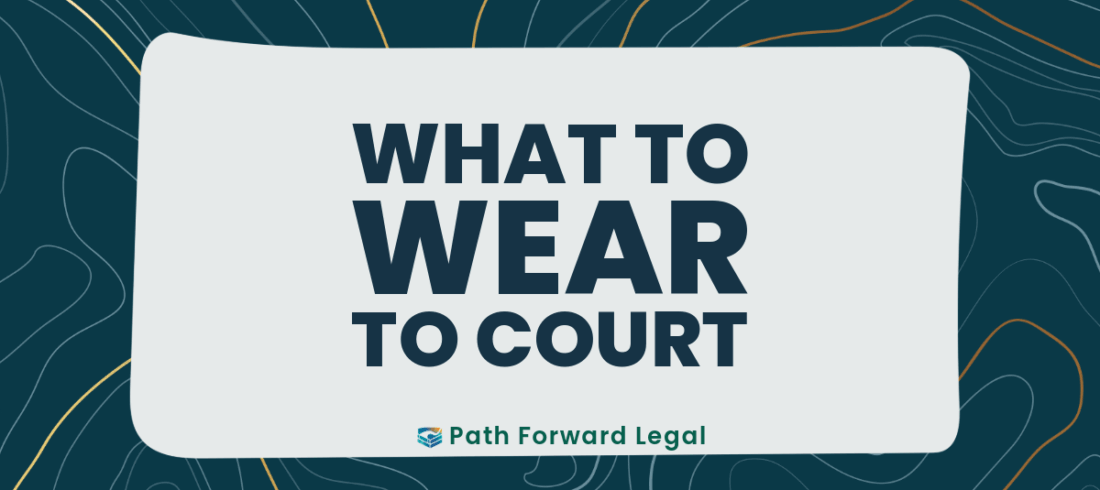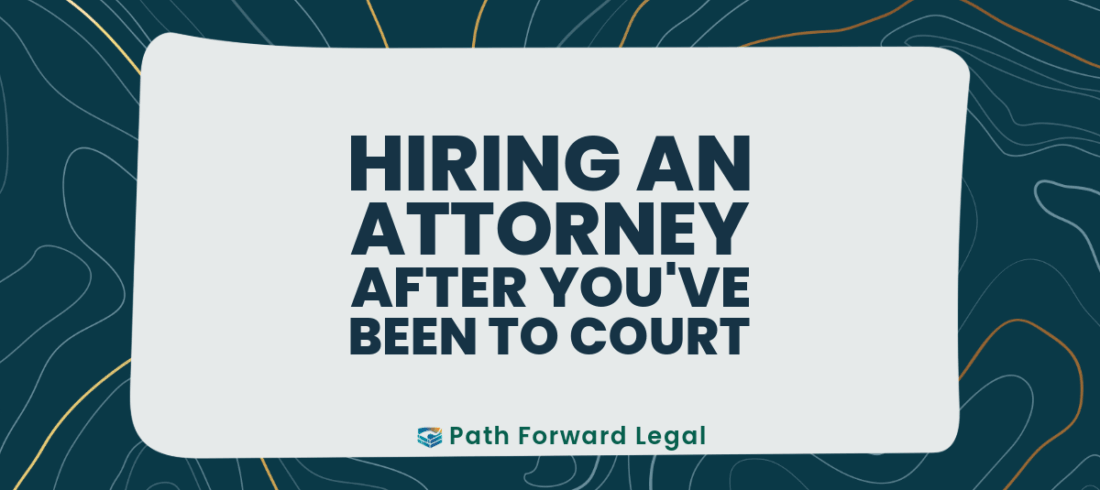Both sides can call witnesses at hearings or trials. But witnesses aren’t allowed to say whatever they want, and some questions are not permitted by rule or law. Attorneys try to make the other side follow the rules by objecting to questions or answers. Then, it is up to the judge to decide what she will allow.
Objections have two purposes: legal and tactical. The legal reason is to ensure that only admissible evidence is used in court. The tactical reason is to control or take back control of the courtroom.
How to make objections
Objections can either be “speaking” or “non-speaking.” In speaking objections, the attorney is allowed to describe the objection and argue why it should be sustained. Non-speaking objections only name the title of the objection and the rule number it is based on. Some judges will order attorneys to only object by rule number or brief phrase, but in most cases, speaking objections are allowed.
Even in places where the judge allows attorneys to use speaking objections, it’s still a good practice to start an objection with the title of the objection and its rule number. In some cases, it helps attorneys identify if the other side or the judge needs a refresher on what the rule is. If the judge has a blank expression on his face when someone says “702,” more work may be necessary to explain that the objection is about the witness giving an improper expert opinion.
An attorney who can object by rule number, as long as the judge and opposing counsel knows what they are doing, also helps protect their client. Some police officers and professional witnesses have gotten adept at listening to the objection and “fixing” their answer in response to an objection. For example, a police officer who knows the prosecutor wants to introduce a statement by a witness may listen to the attorneys argue about whether that statement is hearsay. If the defense attorney isn’t careful, the officer could learn how to change her answer to help the prosecutor prove that a statement was an “excited utterance.”
Preparing for objections
While drafting direct and cross-examinations, the questioning attorney must attempt to phrase questions that will not give the other side a reason to object. Questions must be constructed so that their answers build to the main point and logical conclusion that will put the jury on the client’s side, if not prove the case.
The opposing counsel, the one who is tasked with objecting to the questions on this particular witness, must object to all important or prejudicial errors of law made in either the questions of counsel or the witness’s answers. She must object to harmful information only if there is a basis for this objection.
Why object in court
Broadly speaking, there are three categories of objections: those based on documents, those based on the form of the question posed, and those based on the content of the answer or the expected answer. The basis of the objection can be from the federal or State Constitution, statute, local rule, or rules of evidence.
Objections are an art: an attorney shouldn’t object just because the evidence is technically objectionable. Jurors (and judges) become frustrated when the objection attorney nit-picks and barrages the court with a litany of technical objections. Determine when to object by asking if the objection or its argument will advance the case theory and themes. If the objectionable testimony is irrelevant or not damaging to the case theory, then it is likely that an objection is not necessary.
In balancing whether or not to object, counsel must not refrain from objecting to be nice or speed up the progression of the trial. No client likes a push-over. Remember that every attorney represents a client who has legal rights and a personal state in the outcome of the case. For example, defendants must make the prosecution do its job, and part of that job is establishing the proper foundation before entering evidence. Don’t apologize for making someone follow the law. The Constitution is not a technicality.




